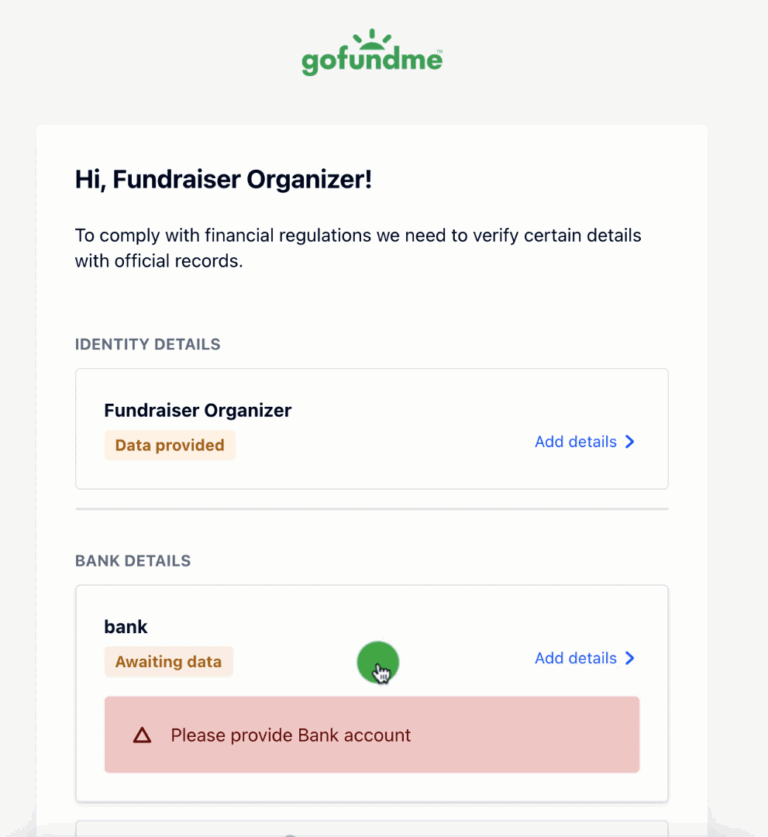How to Transfer Money From Personal to Business Account
You're about to make an essential financial move, transferring money from your personal account to your business account. You've got a specific amount in mind, and you want to guarantee the process is smooth and secure. But before you begin, you need to choose the right transfer method – will it be online banking, a mobile app, or something else? The method you select will impact the speed and security of the transfer. As you weigh your options, consider the importance of accuracy and verification to avoid errors that could have serious consequences – your business's financial stability hangs in the balance.
Determine the Transfer Amount
To initiate the transfer, you'll need to calculate the exact amount you want to transfer to your business account. This step is essential to guarantee accuracy and avoid any potential errors. Review your business's financial records to determine the necessary funds for expenses, bills, or other business-related activities. Take into account your current business account balance, outstanding checks, and pending transactions to avoid overdrafts. Verify that you have sufficient funds in your personal account to cover the transfer. Once you've determined the correct amount, record the figure for future reference. It's also a good idea to double-check your calculations to prevent any mistakes that could impact your business's financial stability.
Choose a Transfer Method
Your next step is deciding which transfer method suits your business needs, with common options including online banking, mobile banking apps, and in-person bank transfers. You'll want to evaluate factors such as transfer speed, fees, and security when making your decision.
| Transfer Method | Transfer Time |
|---|---|
| Online Banking | Typically instantaneous |
| Mobile Banking Apps | Typically instantaneous |
| In-Person Bank Transfers | May take several hours or next business day |
Assess your business needs and priorities when selecting a transfer method. Online and mobile banking options are generally the fastest, while in-person transfers may take longer but provide a paper trail and opportunity to interact with bank staff. Choose the method that balances speed, convenience, and security for your business.
Set Up Business Account Details
Provided you've chosen a suitable transfer method, setting up your business account details is the next essential step to guarantee a smooth and accurate transaction. You'll need to verify your business account information is up-to-date and accurate, including the account number, routing number, and account holder name. Verify these details with your banking institution to confirm their accuracy. Additionally, set up any required payment recipients, such as a payee or beneficiary, by providing their relevant details. Ascertain all account information is secure and compliant with relevant financial regulations. Accurate and secure account setup minimizes the risk of errors or unauthorized access, ensuring a safe transfer process. This step is critical to maintaining the integrity of your financial transactions.
Initiate the Transfer Process
Once you've verified your business account details, initiate the transfer process by accessing the payment platform or interface associated with your chosen transfer method. Confirm you're using a secure connection and that your account is protected with two-factor authentication.
| Transfer Method | Action Required |
|---|---|
| Online Banking | Log in and navigate to the transfer section |
| Mobile Banking App | Open the app and select the transfer option |
| Wire Transfer | Contact your bank to initiate the transfer |
| PayPal | Log in and use the 'Send Money' feature |
| Transfer Service | Follow the service's instructions for initiating a transfer |
Carefully review the transfer details before confirming the transaction to validate accuracy and security.
Record the Transaction Properly
After initiating the transfer, accurately record the transaction in your accounting system to maintain up-to-date financial records. You'll want to make certain you capture all the necessary details to guarantee your financial statements are accurate. Here are the key elements to record:
- * Date and time of the transfer
- * Amount transferred
- * Transfer method (e.g. online, phone, or in-person)
- * Accounts involved (personal and business account numbers)
Monitor and Verify the Transfer
You should verify that the transferred funds are reflected in both your personal and business accounts within a reasonable timeframe, typically one to three business days, depending on the transfer method used. Check your account statements or online banking to confirm the transaction has been processed successfully. If you don't see the transferred funds, contact your bank or financial institution to investigate. Also, ascertain the transfer details, such as the amount and date, match your records. Verifying the transfer helps detect any errors or discrepancies, safeguarding the security and integrity of your financial transactions. Regularly monitoring your accounts also helps prevent unauthorized transactions.




